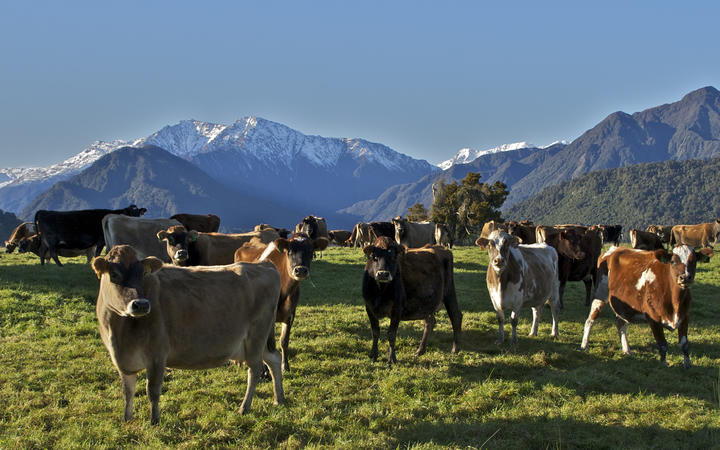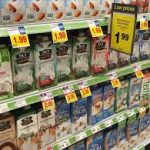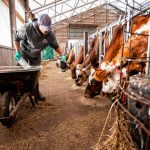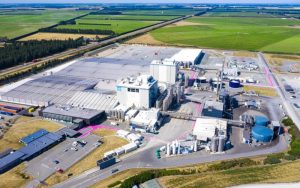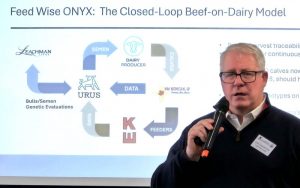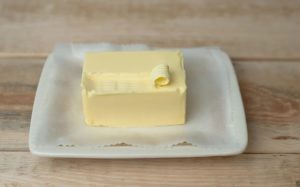
It doesn’t take an economist to tell you that if we’re to afford more of what is important to our quality of life here in New Zealand, the economy has to grow – and it has to grow sustainably and responsibly to ensure our future generations can continue to benefit and enjoy a high level of wellbeing.
Given our relatively small population base, the way to grow a strong and healthy economy is by increasing exports of high-value products.
As New Zealand’s largest exporter of goods, the dairy sector currently sits at 31 percent of total merchandise exports, having grown in value over the past two decades at a compound annual rate of eight percent per year.
This remarkable growth has been achieved both through increased milk production and by increasing the value of exports through the ongoing product innovation and skilled, targeted marketing by New Zealand’s dairy processing companies.
And it’s also important to note is that this growth is being achieved at the same time the dairy sector is stepping forward to embrace greatly improved environmental practices, both on farm and in processing.
Dairy exports are a major driver of New Zealand’s terms of trade – this is the ratio of the value of our exports to the value of our imports. An improvement in a nation’s terms of trade increases the purchasing power of its people as they can afford more imports for a given level of exports. Due to this effect the export performance of the dairy sector is helping to lower the price of everything New Zealand imports.
Take the cars we drive, for example. Thanks to the value of dairy exports, we can afford to import a better quality of vehicle than we would otherwise, and, collectively, we do own more than four million of them – New Zealand coming in at third in the world for vehicle ownership per capita, behind the tiny European microstate of San Marino and the not much larger Monaco. Then there’s the fuel we import to propel them.
Our much-loved, and also imported coffee is a bit cheaper too, so is the imported sugar to stir into it, and even the imported cinnamon to sprinkle on it if your preferred jolt has a little spice on top.
The list of imported products and services that are more affordable for Kiwis because of the value of dairy exports is endless.
In the year ended June 2019, dairy earned more than twice as much as the meat and forestry sectors, and 10 times more than wine.
As in previous years, our dairy products went to more than 140 different countries, the top markets being China, Australia, the United States of America, the United Arab Emirates and Japan.
The dairy sector is very strongly entwined with the rest of the New Zealand economy.
While urban centres also benefit from dairy’s success, the sector is very much the engine room of rural economies, being the main income earner in the Waikato, West Coast and Southland regions.
There are the jobs and incomes dairy provides, as well as the links to the likes of farm consultants, transport, fertiliser and feed suppliers, construction through investment in processing plants and dairy farm infrastructure, and finance through dairy farm loans.
Added to this, of course the non-farming sector benefits too – for example supermarkets through the purchase of groceries.
Then there’s the benefit of the taxes and rates that dairy pays which help to fund public services throughout New Zealand.
It’s reached the point where, today we can say that every one of the 46,000 people employed by the dairy sector brings in the equivalent of $393,000 in export earnings; and every one of the country’s milking cows earns $3,625.
Dairy is certainly good nutrition for our economy – as well as our people – and it’s tasty too.
